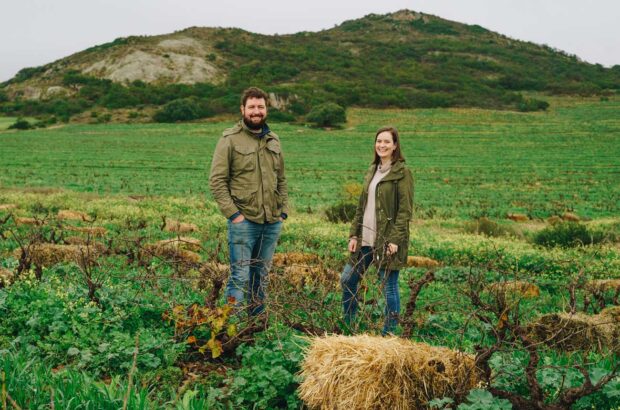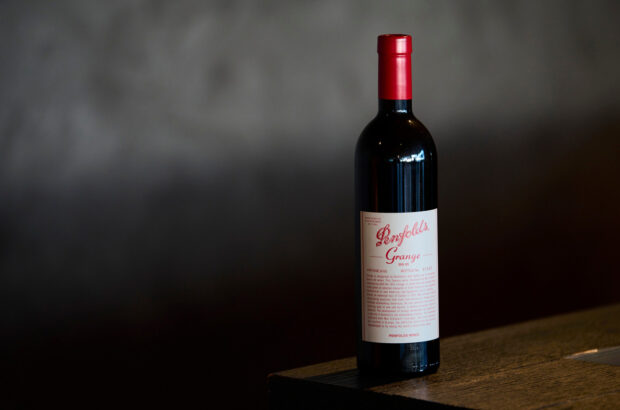An instant familiarity overtook me when I ate Jamaican food on the island for the first time. Those dishes I savoured so much at home in the UK, and which seemed too infrequent because they depended on successfully sourcing ingredients not sold where we lived in the southwest, were now abundant.
Ackee and saltfish served with three different types of dumpling on the side. Stew pork that was so deeply glossy and satisfying I heard myself making involuntary noises of joy as I ate it. Jerk chicken savoured with a side of roasted breadfruit, eaten as the smell of woodsmoke attached itself to my skin from the pimento wood on jerk pits.
Food is everywhere in Jamaica. Growing in trees, produce sold at the roadside, meals sold in unassuming food shops and in jerk pans on a main street with a huge queue of buyers patiently moving forward. It is written in the island’s DNA, and the food offers a glimpse into the island’s complicated history and every group that has called this island home, from the indigenous Jamaicans to the European imperialists, the West and Central African people enslaved by the Spanish and English through to the Indian and Chinese indentured servants.
Escovitch fried fish with bammy pays homage to the indigenous Taino and the Spanish settlers. Jerk is the ultimate resistance food, honed in the mountains by both the Taino, who had survived the Spanish genocide, and by the Maroons, people from Africa who had escaped enslavement. Ackee arrived in Jamaica on a slave ship, as did the first coffee plants that sparked the now world-famous Blue Mountain coffee. Everyone left their mark.
Tamarind and ginger roast lamb recipe
Tamarind is abundant in Jamaica and, happily, it goes with nearly everything. Here, its tanginess excites the lamb. This is a deliciously sticky dish that is perfect for a lazy Sunday. We cook it so there’s still a bit of bite to the meat, but if you would rather it was pull-apart tender, then cover it in foil for the first two hours of cooking and remove the cover for the rest.
Serves 6-8
Preparation time 5/6 hours or overnight
Cooking time 3 hours
Ingredients
- 400g tamarind pods, or 2 tbsp tamarind extract
- 2.5cm piece of ginger, chopped
- 4 garlic cloves
- 1 tbsp ground ginger
- 1 tsp ground pimento
- leaves from 4 thyme sprigs
- 1⁄2 tsp ground cinnamon
- 1 tsp ground cumin
- 2 spring onions, sliced
- 2 tsp sea salt
- 1 lamb shoulder on the bone (1.5-2kg)
- 2 onions, sliced
- sea salt
Method
- If you’re using tamarind pods, remove the flesh, de-stone them and pick off any strings. Bring these to the boil in a saucepan with 200ml water, then reduce to a simmer, stirring constantly, until the mixture is thick. It will take about 12 minutes.
- In a food processor, blitz all of the ingredients apart from the lamb and sliced onions – but including the tamarind – until they form a paste. Rub the paste all over the lamb, pushing it into any nooks and crannies. Leave to marinate for 4 hours or overnight in the fridge.
- Remove from the fridge 1 hour before cooking, so the meat can return to room temperature. Preheat the oven to 200°C/390°F/gas 6.
- Scatter the sliced onions into an ovenproof dish, add a cupful of water and sit the lamb on top. Place the lamb in the oven and immediately reduce the temperature to 150°C/300°F/gas 2. Cook for 3 hours.
- Remove the lamb from the oven, cover it loosely with foil and then rest for about 20 minutes.
Motherland: A Jamaican Cookbook by Melissa Thompson was published in September 2022 (£26 Bloomsbury)

Melissa Thompson is an award-winning food writer and cook who started a supper club in her front room in 2014 that developed into sell-out food and recipe project @fowlmouthsfood. She is a BBC Good Food columnist, British Library Food Season co-director and writes recipes and articles for a range of publications.
The wines to drink with tamarind and ginger roast lamb
It is generally known that reserva Rioja, Left Bank Bordeaux and Chianti Classico have a natural affinity with lamb. However, the slow-roasted nature of this dish together with sweet-and-sour tamarind and aromatic ginger call for other options. The wine’s profile needs rich fruit to stand up to the intensity of flavours that develop with the cooking method here, and the fatty cut demands enough acidity to cleanse the palate. Italy’s Taurasi and France’s Madiran are excellent choices to meet this mandate.
The meltingly soft texture of the dish negates the need for tannin to soften its fibres, and as such, older vintages of between six to 10 years should do rather nicely. The savoury profile of a wine with this bottle evolution will complement the subtle umami of the tamarind, boosting the dish’s overall appeal. The aromatic ginger and black pepper notes found in Taurasi and Madiran together make for a marriage of spice without the heat that comes from the use of chilli.
by Shayne Jones
Wines selected by our Decanter experts












